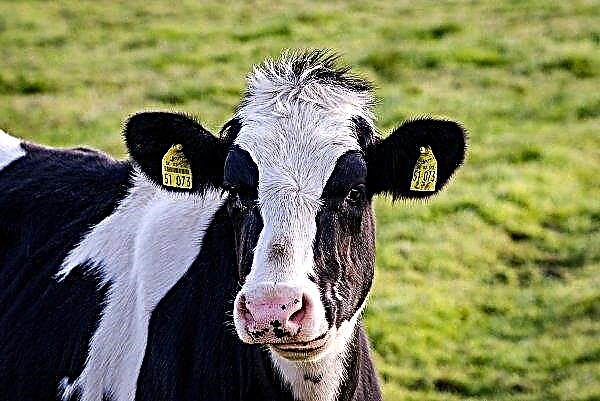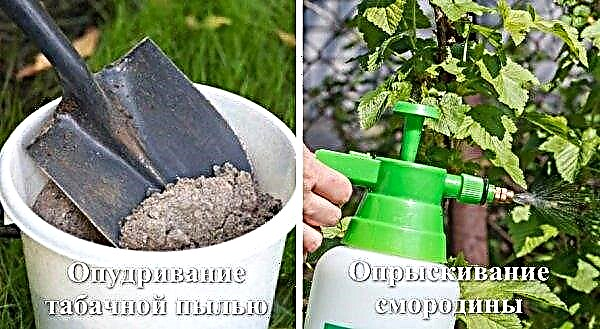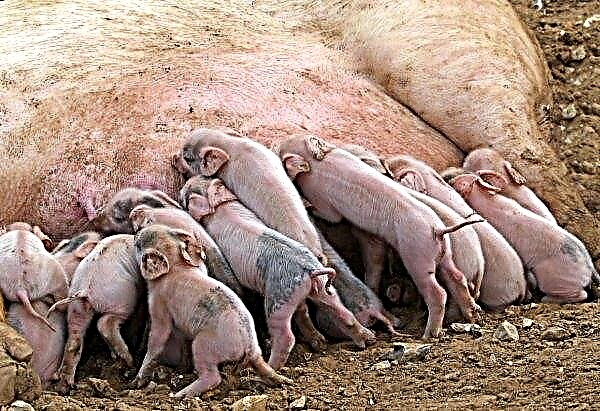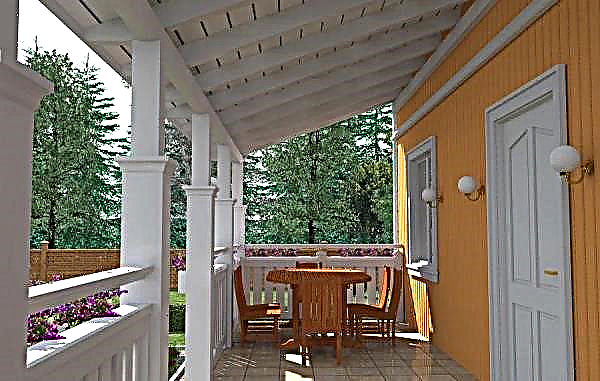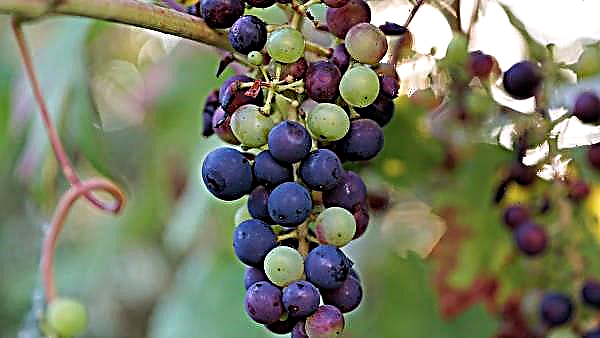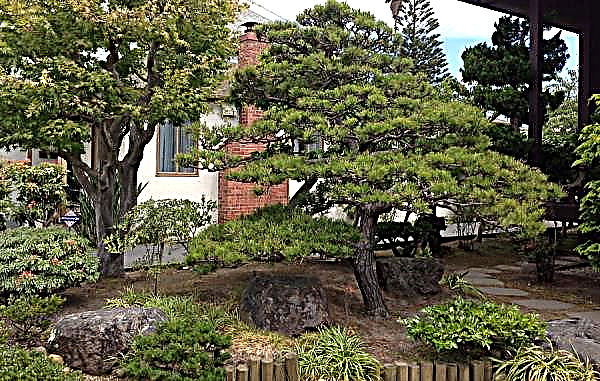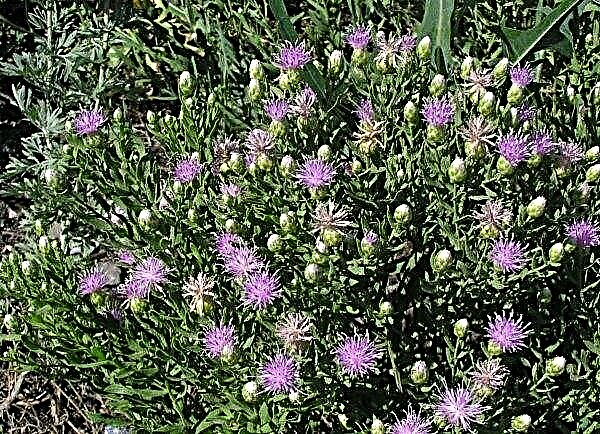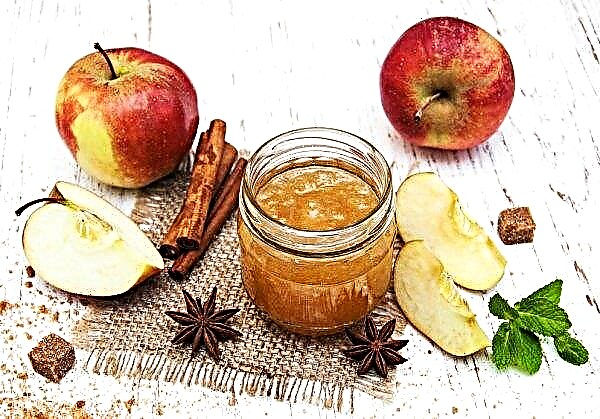The maximum egg production of poultry depends on many factors, but the nests for birds in any case should be convenient. We suggest that you familiarize yourself with possible options for such structures when breeding turkeys and how to equip them using improvised materials.
Types of nests and their variety
Turkeys are rather large birds, therefore, when arranging the classic variants of nests, it is necessary to take into account the characteristics of birds.
Otherwise, among the possible types of such perches, the following are distinguished:
- Open. They remind you of an ordinary basket or a wooden box (without the upper part) filled with straw or hay. They can only be housed in indoor houses, which exclude the possibility of precipitation falling into them.

- Closed. Unlike the first option, they have a lid, thanks to which they can be installed even on the street, in walking yards. Usually presented in the form of a cellular structure with a common roof over all the nests.

- Nest design with egg collectors. They have a double bottom, and the laid eggs themselves slide through a gutter into a compartment from which the bird cannot get them.

- Separate nest with egg compartment. As in the previous version, the obtained eggs fall into a separate compartment, only in this case each nest is located separately from the others and can be either covered or open.

The choice of a specific option for turkeys depends on the method of keeping the bird and the number of livestock: when breeding birds on an industrial scale, it makes sense to establish a honeycomb structure, with separate compartments for each turkey.
Did you know? The largest turkey in history is a bird from the UK, nicknamed Tyson. In 1989, his slaughter the weight was 39.09 kg.
Basic rules and requirements for construction
The process of building nests for turkeys is not particularly difficult, however, in this matter it is important to consider several basic requirements:
- The size and number of individual nests or nesting cells must correspond to the size and number of individuals in the house (in small and uncomfortable structures, the birds will not want to rush).
- The litter inside the product must be thick and soft so that the turkeys are comfortable in it.
- In one enclosure with nests, trays with ash or sand should be placed, which will ensure the cleanliness of birds (in their absence, birds try to "swim" in the nests, which is likely to destroy it or simply crush the litter).

- It is desirable that the design of the product provides for ease of replacing the litter layer, since it often has to be changed: wet or dirty litter is unlikely to be liked by birds, and the parasites that appear in it are likely to provoke an outbreak of morbidity.
- When choosing a place to place the nest, you should pay attention only to the darkened areas of the house, especially when it comes to the simplest open structures.
- A place with nests should always be warm and comfortable, without the slightest draft. If necessary, this compartment will have to be heated with infrared lamps, installing structures for birds at a distance of 25-50 cm from the floor level and keeping the height of their walls at least 50 cm.
Important! There should be no rodents in the house, otherwise the safety of the laid eggs will be at risk. Mice and rats love warmth and will surely climb inside the nest.
How to make a turkey nest with your own hands
Before proceeding with the independent manufacture of the specified product for turkeys, it is worthwhile to correctly calculate the required design parameters, prepare the necessary tools and materials.
Dimensions and Drawings
The dimensions of the products and drawings for them directly depend on their type and the availability of suitable materials, but in any case, it is important to take into account generally accepted standards for the magnitude of such structures:
- width - not less than 50 cm;
- depth - 60 cm;
- wall height - 50–70 cm;
- height of the front side - 15–20 cm.
When constructing, it is worth paying attention to the fact that at the same time turkeys do not rush. According to statistics, only one out of five birds lays an egg at one time, while the remaining 4 feed or are on free-range territory, so it is rational to install 1 nest on 5 females.

Necessary materials and tools for work
The specific materials and tools for creating the items in question for birds depend on the type of construction chosen, but in almost all cases, you will need the following:
- wooden blocks;
- nails or wood screws;
- hammer or screwdriver;
- hand or electric saw;
- metal corners for greater rigidity;
- Particleboard or other similar material for shelter (if we are talking about a multi-tiered design);
- ready-made plastic or wooden box (for a separate slot);
- wooden barrel or wicker basket of suitable diameter.
Instead of a basket or barrel, you can also use other improvised materials that will have a recess and can serve as a good perch for turkeys.
Did you know? The characteristic sounds made by turkeys (kuldykanye) are characteristic only of males, but females, contrary to popular belief, always remain silent.
Phased manufacturing instructions
All versions of a home-made turkey nest have their own characteristics of the manufacturing process, so you should pay attention to each individually.
From boxes
A turkey nest made of boxes is the simplest version of this design, and its main element is a ready-made plastic box for vegetables. You can use wooden crates, which are also found in trade. A wooden product is even better than a plastic one, since it perfectly retains heat, but it is better not to use metal containers, because they do not retain heat and often cause overcooling of eggs.
The sequence of manufacturing the nest from a plastic vegetable box will be as follows:
- Cleaning and disinfection of all surfaces using water and detergent.
- Removal of one of the walls (only a low rim, about 20 cm high) should remain from it;
- Drying the drawer and placing in it a comfortable litter of soft fabric, straw or sawdust (to improve ventilation, you can additionally lay large branches on the bottom).
- Installation of a box on a wooden or any other elevation above a concrete floor.
- Organization of the canopy over the product - at the corners of the box you need to fasten the wooden bars 20 cm long, and then fix the chipboard on them, thereby organizing a kind of gable roof.
 To protect the structure, instead of chipboard, you can use a fabric screen or protection from another dense material.
To protect the structure, instead of chipboard, you can use a fabric screen or protection from another dense material.From improvised materials
The most suitable finished products for creating turkey nests will be a wicker strong basket and a wooden barrel. If in the first case the main task of the poultry breeder is only to organize a good bedding with the subsequent installation of the canopy, then the barrel must be prepared properly.
In this case, the sequence of actions will be as follows:- Find a barrel that is suitable in size and disinfect all its surfaces (it is better to choose a product with a minimum of metal components).
- On one side, remove the cover, leaving only a small side 10-15 cm high.
- Lay the barrel on its side and fix it so that it does not swing (you can lightly trick it).
- Place hay litter inside the container.
Instead of a wooden barrel, you can use a large plastic bucket, however, this is only a temporary solution, and soon the turkeys will need a more durable perch.

Made of bricks
A brick nest is another simple version of a home-made product, besides much stronger than the previous ones.
In this case, the perch manufacturing process consists of the following sequential actions:
- Laying out of a brick of a small elevation, the width of which should correspond to the number of nests.
- Burlap flooring on the nesting sites themselves (the material must be laid in several layers).
- Laying the brick flat around the place of incubation (the sides should turn out).
- Filling the space between the walls with straw, with a good tamping.
- Installation of a cardboard or plywood partition, which will help to separate the described products for birds from each other.
Important! To make the nest more attractive for birds, it is recommended to compact the bedding layer (for example, hay), organizing a small depression in the middle.
How to properly install and equip the socket
To install the finished design, a shaded and drafts-free place is chosen, which will be easy to reach not only by the birds themselves, but also by their owner (for example, to collect eggs and change the litter). It is good if the product will be located at a height of 25-30 cm above the floor, which will better maintain heat inside.
Video: First Turkey Nest
In cases where there are more than a dozen turkeys in the economy, it is more reasonable to organize rows that consist of the same long (for example, three-meter) boards and one narrower. Between long boards at the desired distance from each other, partitions are fastened (along the width of the nest), and the gaps between them are closed by chipboard.
When the base of the structure is assembled (end, upper back and lower boards are fixed) and all partitions will take their places according to the previously marked marks, you can begin fastening the OSB and chipboard sheets. The narrowest board is fixed in front of the structure and will serve the turkeys as a small threshold at the entrance to the nest, preventing the eggs from rolling out.
The roof (single-pitched or gable), perches and sides are fixed to the support frame with self-tapping screws, and as soon as all the separate parts are interconnected, all that remains is to put the straw bedding inside and install all the nests on a platform 25-50 cm high.The convenience of the nest directly affects the egg laying of turkeys, because during egg laying they should feel as calm and protected as possible. By choosing the right materials and competently combining the individual parts with each other, you can significantly increase the chances of success both in the private breeding of turkeys and in the industrial cultivation of poultry.







